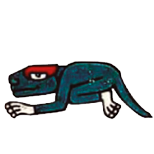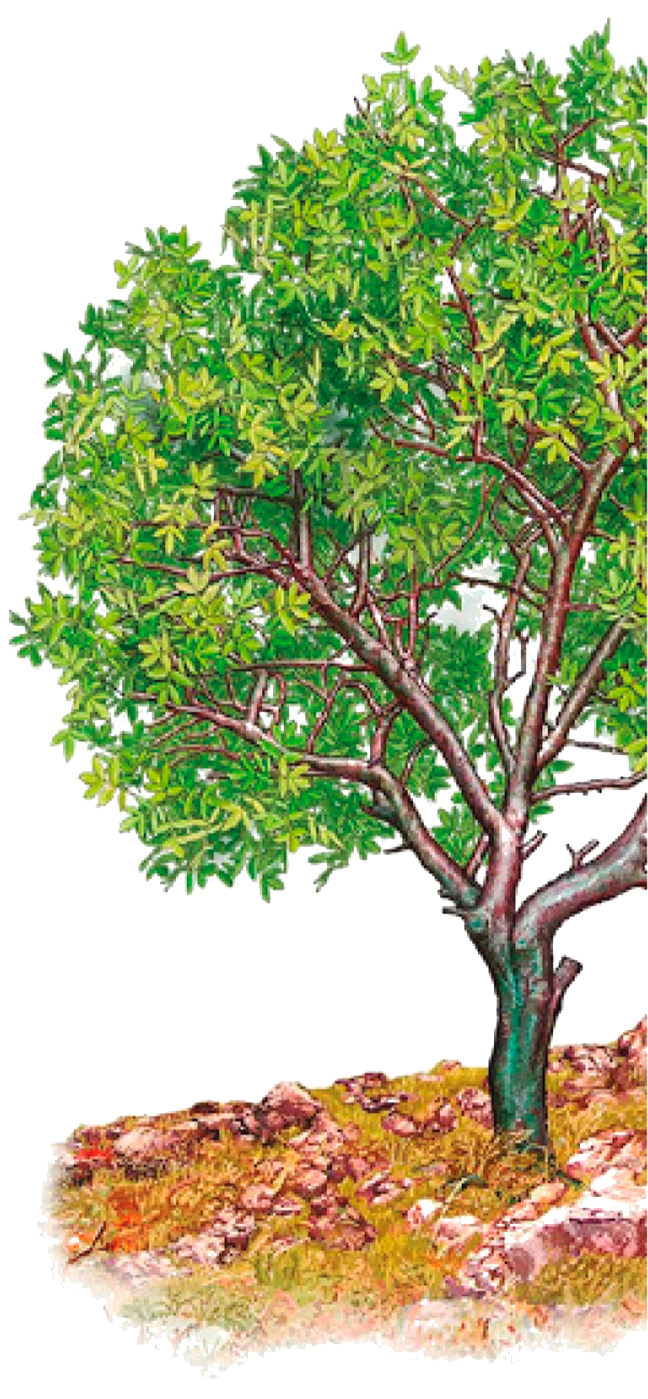OLINALÁ
SACRED BOX
On the outside, a sublime work carried out by the hands of artisans from Guerrero who tell their story, among colors, their jungle and their faith. Inside, there is a treasure, which, only a few chosen ones will be able to let themselves be enchanted by its aroma that is alive and that in each opening lets out the mystical wind of its forests, from the highest area of Guerrero.


IT IS NOT A PACKAGING,
IT IS A BEAUTIFUL PIECE OF ART
Olinalá (guerrero) 1994. This denomination is applied to wood crafts that are manufactured with raw material from the municipality of Olinalá, State of Guerrero. The raw material used to make them comes from the lináloe tree (Bursera Linanoe), an aromatic wood bush that occurs naturally in the towns of that region. Linaloe wood is highly valued for the manufacture of olinalá for its characteristic fragrance, this tree emanates a wonderful and refined perfume / aroma that is very peculiar and appreciated. To enhance this smell, the tree must be subjected, even in life, to a “cala” process that consists of making several longitudinal incisions in the trunk with a machete. This causes the tree to send the sap to the wound. This procedure is carried out during the rainy season, in the months of August and September. The sap and water react, creating a “grained” or “marbled” texture of dark spots on the wood, which is precisely the fragrant essential oil so desired.
In lacquering or varnishing, dolomite stone, called tóctetl, is the most important component (90%). It is a rock that abounds in the region, it is extracted and dehydrated in fire, and then ground on a metate until it becomes powder and mixed with oak charcoal (called nanche), which gives it the black color, or color pigment. The pigments are obtained from different sources, all natural, such as flower petals or mealybugs. The second layer is tecoxtle, an iron oxide that is mixed with chia oil (chamate) and serves as a binding agent. The third layer is the texicaltetl or tezicaltetl, which is calcium carbonate. This is mixed with the desired earth or tone and the resulting product is called tlapezole. Chia oil and tezicaltetl are the materials that give shine to the varnish. All the layers must be uniform, with, for example, quartz burnishers, and once the lacquer is finished, let it rest for 10 to 15 days, when it is scratched.
Scratching, blurring, emptying or cutting are local ways of calling sgraffito, which consists of drawing by making incisions in the lacquer with a turkey pen whose tip has a maguey or huizache spine inserted. Each cartoonist has his style, although the most recurrent motifs are flora and fauna.
Olinalá craftsmanship often includes the inlay of precious metals, such as gold or silver, which is done by adding a thin layer of the metal over the lacquer and scratching, and requires the necessary tools for jewelry and metal handling (pomazón , tweezers…)
The last part is the painting. Very fine-tipped brushes are used, made of turkey feathers with cat hair inserted at the tip. Thanks to this, very elaborate motifs can be painted, which cover the entire surface of the box or piece of furniture. Powdered natural pigments mixed with sisa are used, that is, oil paint. In this case, each painter also has his own style, although flowers are usually the most frequent motif. Abstract, geometric shapes and animals are also very common. The drawings are simple in a naïve style and very colorful, which makes a beautiful contrast.
The art of olinalá is closely associated with the indigenous communities of the area, mainly Nahuatl and Tlapaneca speakers.
For the conservation and promotion of this craft, in 2013 the Olinalá Work Training Unit (UCAT Olinalá) was founded.
On September 5, 1994, the Official Gazette of the Republic announced the protection of Olinalá handicrafts as Denomination of Origin (DO). This name implies the commitment of the Government of Mexico in the rescue, preservation and promotion of this pre-Hispanic art.


